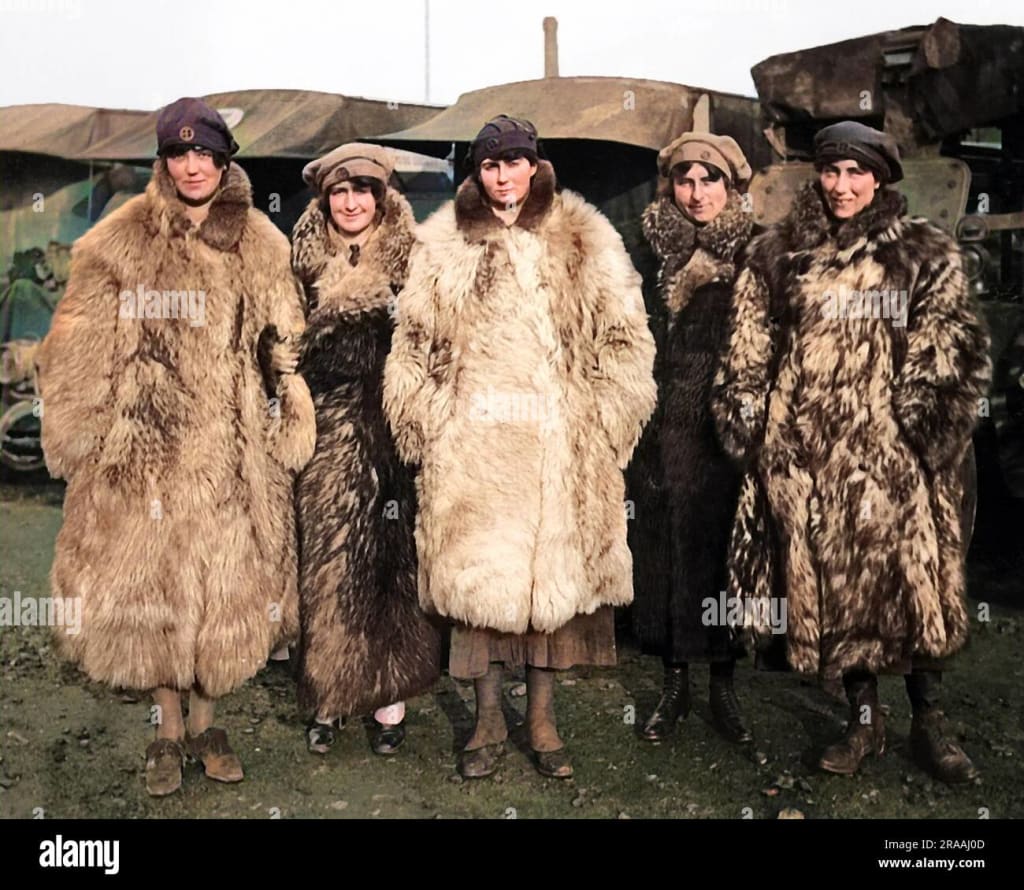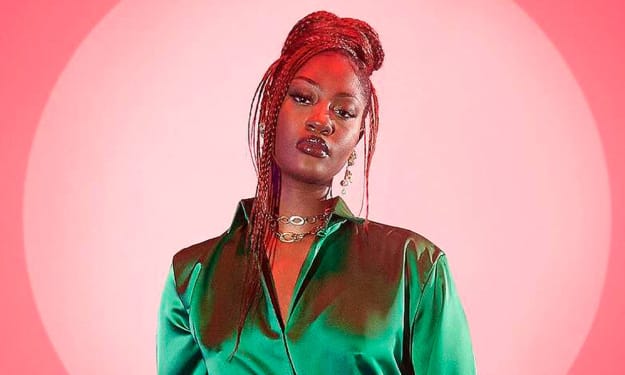Furrier's Legacy: Crafting Elegance in Changing Times
Jerry Sorbara's Journey Through Fashion, Ethics, and the Enduring Allure of Fur

Jerry Sorbara, one of New York's last furriers, embodies a legacy that spans six decades of fashion evolution. With a career marked by the sale of approximately 40,000 fur garments, Jerry has not only crafted elegance but also witnessed the cultural shifts that have reshaped the fur industry. At 82 years old, he recalls encounters with stars like Elizabeth Taylor, who frequented Neiman Marcus for his creations. However, the days when a mink coat symbolized ultimate status are now a relic of the past.
The fur industry has faced significant challenges over the years, driven by animal rights campaigns and changing consumer preferences. In the United States, the production of mink pelts has declined by about 40% over the past two decades. Internationally, Denmark, the world's largest producer of mink, had to cull its entire mink population due to fears of COVID-19 transmission, leaving a void that faux fur companies are now competing to fill. Yet, the environmental impact of synthetic fur, predominantly made from plastic, raises ethical questions about its sustainability as a substitute.
Fur's allure stretches back centuries before Hollywood glamour. Native Americans traded pelts for centuries before European settlers arrived, exchanging them for weapons and goods by the 1500s. Figures like John Jacob Astor, comparable to a titan of today's business world, built fortunes on fur trading, exporting pelts as far as China.
The 1950s marked a turning point with the rise of synthetic fur amid a wave of technological and cultural change. Plastic became ubiquitous, from TV dinners to synthetic fur, which surged in popularity. While imitation fur had been around for some time, synthetic fur became fashionable, reflecting broader societal shifts towards convenience and ethics. However, genuine fur maintained its allure among consumers, with mink farms proliferating across America and Europe in the 1930s, '40s, and '50s, saturating the market with luxury pelts.
The pinnacle of the US fur industry came in the mid-1960s when thousands of mink farms produced record numbers of pelts, generating auction sales exceeding $120 million (equivalent to $1 billion today). Despite a brief downturn in the late '60s, an iconic advertising campaign by the American Legend Cooperative featuring celebrities draped in black llama fur kept fur in the limelight throughout the '70s.
It was during this era that Jerry Sorbara decided to establish his own salon, known for its craftsmanship and clientele that included prestigious names like Neiman Marcus and Bergdorf Goodman. Jerry's meticulous approach to crafting each garment in his New York workshop, now relocated to his Connecticut garage, reflected his commitment to quality amid evolving industry challenges. Despite closing his Manhattan store in 2020 amidst shifting fashion trends and economic pressures, Jerry continues to serve a loyal clientele, including a new generation of customers who appreciate the artistry of fur.
Jerry's dedication is a testament to the resilience of craftsmanship in the face of cultural and economic change. His workshop remains a sanctuary of tradition, where each fur garment is meticulously assembled, ensuring both elegance and durability. The process involves delicate handiwork, from cutting and sewing pelts to giving them body and substance, a skill honed over decades.
The ethical debate surrounding fur intensified in the 1980s with the emergence of organizations like PETA, whose "I'd Rather Go Naked Than Wear Fur" campaign galvanized public opinion against fur use. Despite record sales of $1.9 billion in 1989, the fur industry faced increasing scrutiny over animal welfare and environmental concerns. Cheaper fur alternatives gained popularity, leading to a decline in New York's fur district and the consolidation of high-end furriers.
While faux fur sales surged to $250 million by 2010, questions persisted over its environmental impact, given its reliance on synthetic fibers linked to microplastic pollution. Eco-conscious brands like Australian label Unreal Fur have pioneered sustainable alternatives, using recycled materials to create faux fur that mirrors the softness and luxury of natural fur without the ethical dilemmas.
The COVID-19 pandemic delivered a devastating blow to the fur industry, prompting Denmark's mass culling of mink and accelerating the shift away from fur among luxury fashion houses like Gucci and Versace. Amidst these challenges, Jerry Sorbara remains a steadfast advocate for consumer choice and personal freedom. His dedication to craftsmanship and tradition serves as a poignant reminder of the human stories behind each fur garment.
As Jerry continues to craft fur garments for a select clientele from his Connecticut workshop, his journey reflects the broader narrative of an industry grappling with ethics, sustainability, and cultural change. Whether fur will endure as a symbol of elegance or yield to evolving consumer preferences remains to be seen. Jerry Sorbara's legacy, however, is assured—a testament to craftsmanship, resilience, and the enduring allure of fur in a rapidly changing world.
About the Creator
Enjoyed the story? Support the Creator.
Subscribe for free to receive all their stories in your feed. You could also pledge your support or give them a one-off tip, letting them know you appreciate their work.





Comments
There are no comments for this story
Be the first to respond and start the conversation.